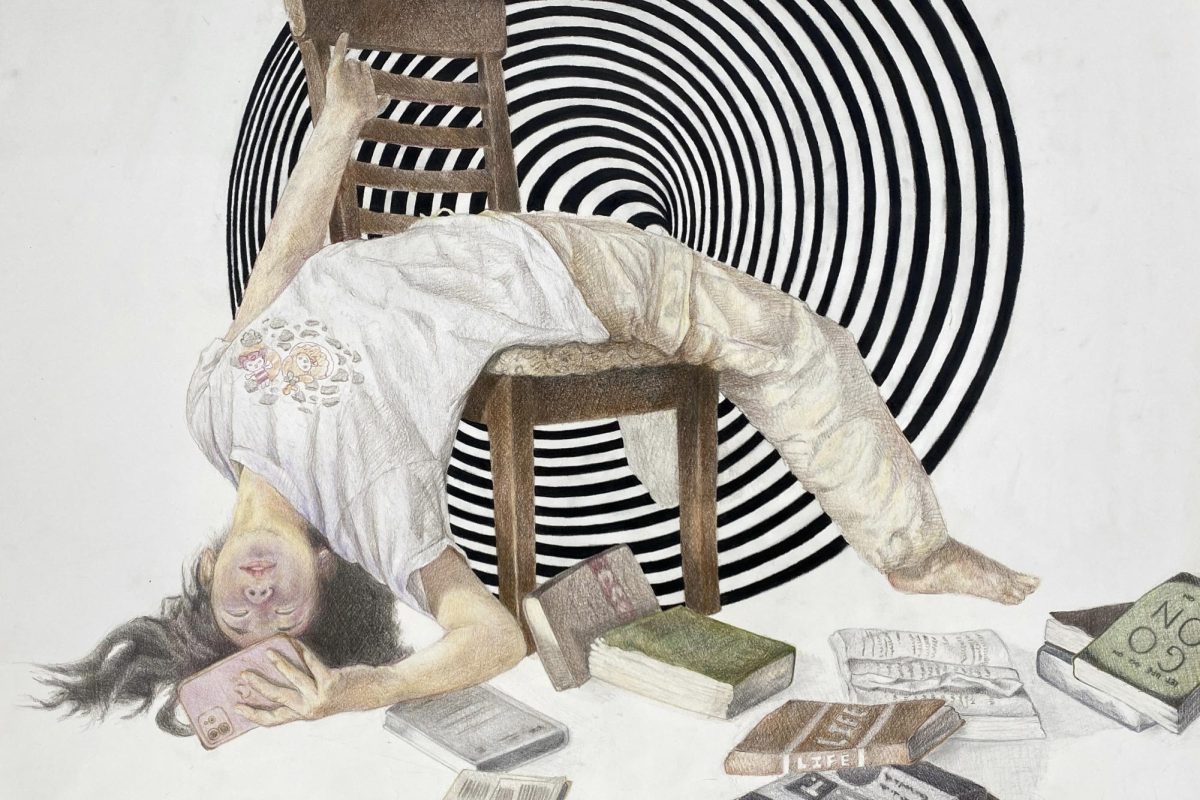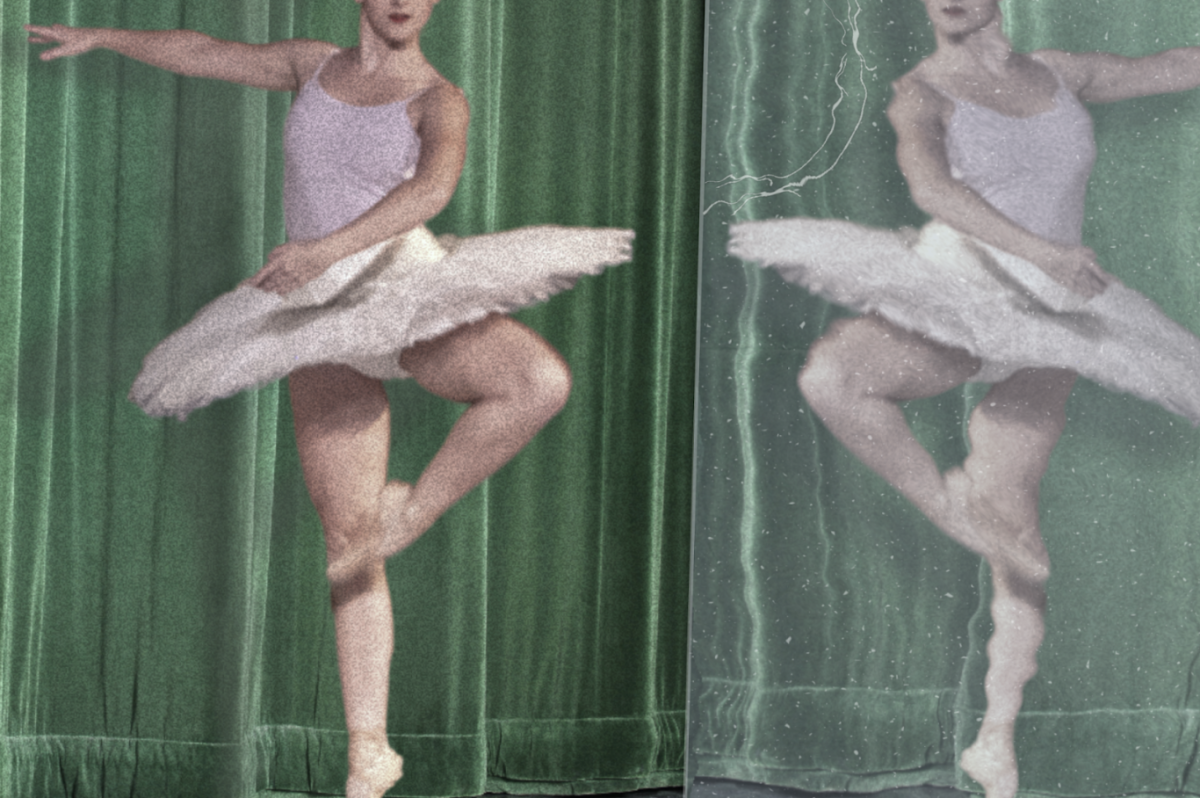I have been dancing for as long as I can remember and have always loved it. There is something so satisfying about hitting a certain step, and it can be extremely rewarding when a teacher I admire compliments me on something that I have been working on. There’s a tangible energy that is created by a room full of passionate dancers which builds as the class goes on. For me, a big part of dance is about letting go and allowing your body to just move.
So, what is there not to like about dance? Well, dance is not just about having fun, it’s also about the dedication and hard work that comes with being a dancer. With this being said, throughout my years of experience, I have come to discover that the dance community has some notably toxic elements.
In almost every sport and in society in general, men are often more recognized than women. I believe the struggles that come with being a female dancer need to be addressed more often. Even though dance is a female-dominated sport, the few men that do participate are often given preferential treatment. Because men are so rare in the dance world, teachers like to showcase them more by putting them in the front row, essentially making them more visible to the audience. By putting the male dancers in the front, it gives the dance something different, something that will stand out. This causes the women who work just as hard and are just as talented as their male counterparts to be placed in a spot that is not fair to them. This can lead to them pushing themselves further than they need to to show their teacher that they are equally as good, if not better, than the male dancers.
Dance teachers should reward the dancers who are working the most and putting the most time into the dance by giving them a worthy spot. When teachers continue to give the men more attention, it can lower self confidence and enjoyment for the female dancers. It’s unfair because the hard work and talent of women dancers aren’t as equally recognized just because of their gender.
This leads to the aspect of dance in which dancers need to be “perfect.” In the world of dance, there has to be a balance of pushing to perform to the best of one’s ability, but at the same time, not trying to always be perfect. Reaching such a level is likely not obtainable. Being obsessive about perfection is not healthy. Dancers need to understand this concept, because often, if dancers are not perfect, they tend to lose confidence in themselves, which can impact not only their dancing but also other areas of their life, leading to an unhealthy and toxic lifestyle. This not only refers to performances but also to the dancers themselves.
For example, I sometimes compare my dancing abilities to my dance classmates’. I find that these comparisons translate into my school life, as I compare some of my test grades to my school friends’. Personally, I am able to recognize my comparisons and reassure myself that I am doing the best I can, however, it can be more difficult for others to escape this toxicity.
Being a dancer in general comes with a lot of responsibility which can be accompanied by lots of stress. Each individual dancer is accountable for holding themselves to the highest standard possible and performing at the best of their abilities. It is the dancer’s job to make sure they know the routine and are stage-ready when it is time to perform. The only way to do this is by being committed to practicing. The amount of practice required for dance is actually much greater than what is needed for most sports. It requires long, repetitive hours spent in the studio practicing and perfecting routines. The average professional dancer practices and performs for about 10 hours per day. In comparison, the average professional football player trains for about four to six hours per day. Even when dancers are not in the studio practicing, they are often thinking about and reviewing their routines in their mind at other hours of the day.
Additionally, the sport can impact a dancer’s body image. One of main factor in dance is watching yourself in the mirror so you can know how you look doing certain steps, so you can recognize if a move looks right or wrong. However, looking in the mirror for an extended amount of time, especially in a skin tight material, is not good for anyone. Dancers, whether they know it or not, might start critiquing how their bodies look in comparison to the ones around them. This can cause them to desire a specific body type, physical appearances or skills, leading to body issues that could result in more serious conditions like eating disorders.
Dance as a whole is about how other people perceive you, which is not the same in other sports. For example, in soccer, it doesn’t matter how you look when you get the goal, it really only matters that you scored. However, in dance, it not only matters how you perform, but it also matters how you look and act. In competitive dance you need to have all of these elements to win, which makes dance even harder to excel at than most sports. This pressure leads to not only a toxic environment, but also can lead to a low self-esteem for some. Some people enjoy the competitive element of dance, but others can find it draining.
Dance has some toxic elements that if you are not aware of can seriously impact your experience as a dancer and your wellbeing. However, if you know how to deal with these elements, dance is an amazing activity that makes it all worth it.





![Last Wednesday, the Wayland School Committee gathered to discuss a number of topics regarding the health curriculum and Innovation Career Pathway course. Another large topic of conversation was the ways to potentially mitigate distracting cell phone usage. "These [phones] are going to distract your learning and social relationships," Superintendent David Fleishman said. "That's concrete right there."](https://waylandstudentpress.com/wp-content/uploads/2025/06/Screenshot-2025-06-04-at-9.49.31 PM-1200x886.png)


























